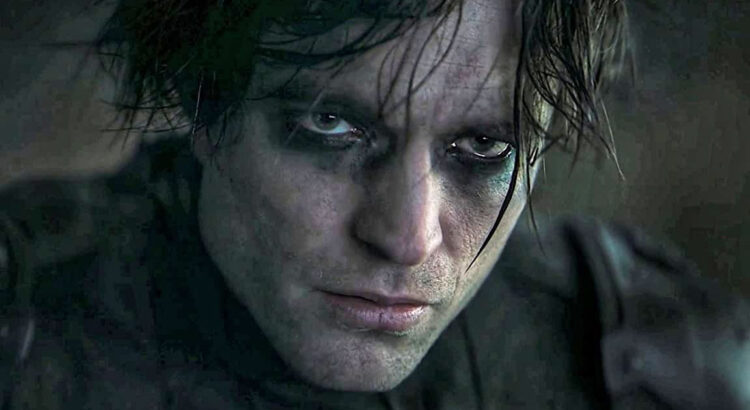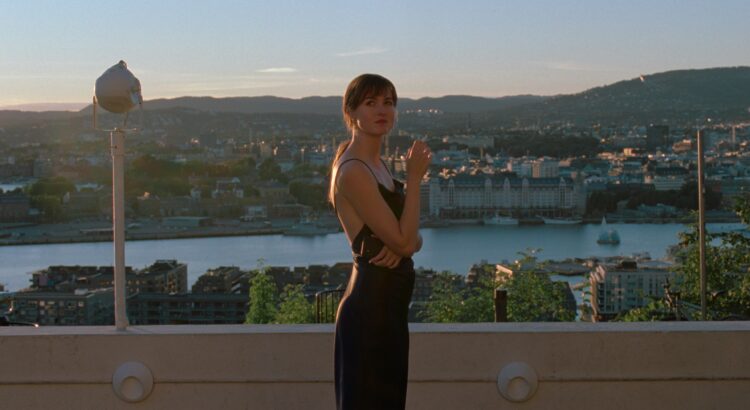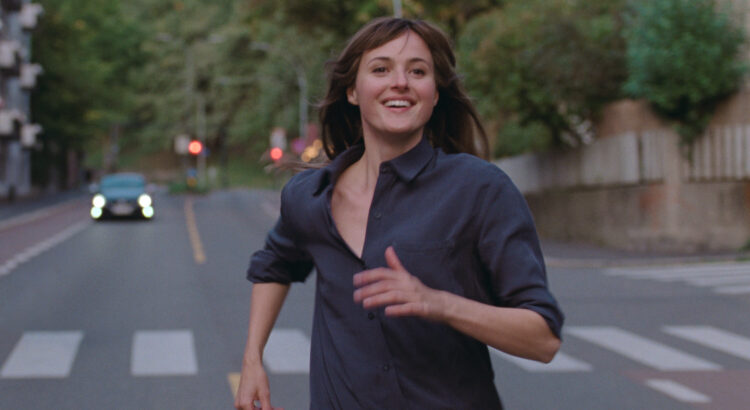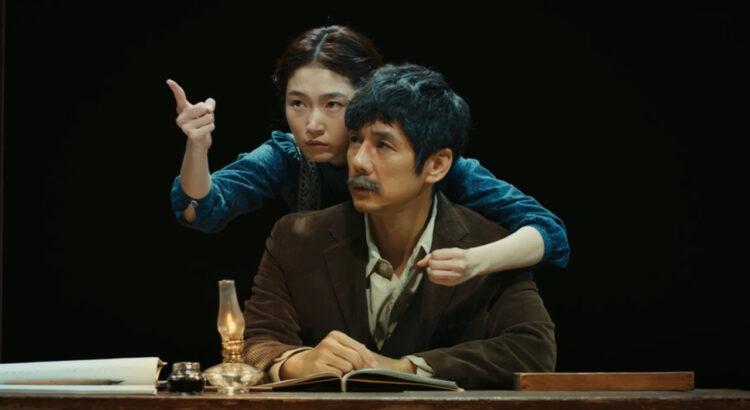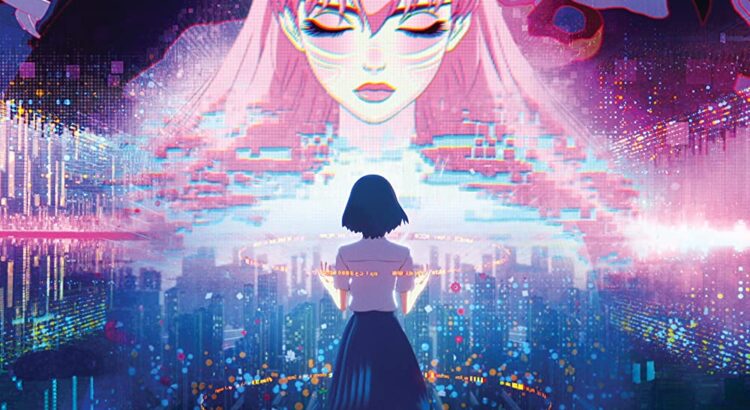The Worst Person in the World is an anthology of sorts, chronicling a young woman’s struggles with making meaningful connections, navigating her career, and establishing her general place in the world. This sounds extremely cliché on paper, and I hate to say it but it somewhat held true in the film as well.
I will firstly recognize that there’s a very strong chance I simply didn’t connect with this film. Sometimes that just doesn’t happen. There was still a sense of quality to the production and the performances did feel genuine, so maybe the fact that I walked away feeling very little is moreso a matter of a personal misalignment.
That said, I think there are a few other factors that caused me to feel so neutral. The style of the film felt a little inconsistent and choppy, this owing greatly to a scene involving psychedelics. All the established conventions of the drama that had been unfolding thus far were eschewed in favor of overblown effects, animation, and surreal sequences. I understand that there’s a lot of fun, playful techniques that can be used to convey an experience like that and there are moments of quick, pastiche editing earlier in the film, but in this case it just felt out of place and a little indulgent. Another particular instance of a chapter that didn’t fit quite right was a short one that used constructed media clips that we watch the protagonist watch. This isn’t inherently bad but it just felt disjointed in terms of style.
Another manifestation of this choppiness was the excessive structuring of the narrative. There was a prologue, an epilogue, and twelve individually named chapters between. For an ultimately chronological story, these separations felt unnecessary and moreso a chance for foreshadowing puns and dramatic titling. I do think it was an interesting mode of pacing for viewers, but making sections more discrete didn’t serve the narrative’s development and the emotional shifts of the film.
Lastly, the paths of the characters all intersected far too neatly. This could be a style choice akin to the surreal moments in the film, but the way people floated in and out of the protagonist’s life felt a bit too convenient. The first few instances made sense, but there’s a specific reveal at the end of the movie that just made me roll my eyes.
Any of these thoughts could certainly change on a second watch, but the fact of the matter is that I left the State thinking about other works that make the same points as this film, but better (see: Shiva Baby, Fleabag, etc). I still encourage a watch as I think this film is doing some interesting things with cinematography and has some thought-provoking points, but it’s definitely not going to be my film of the year.


